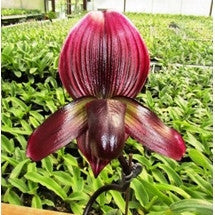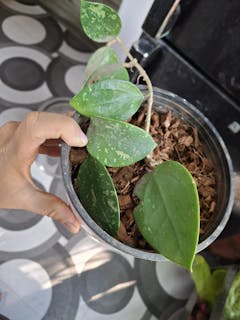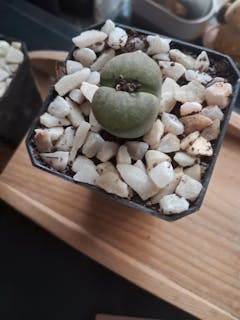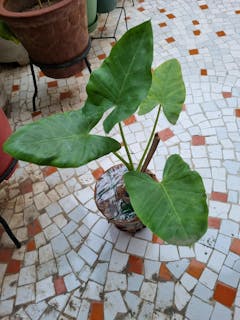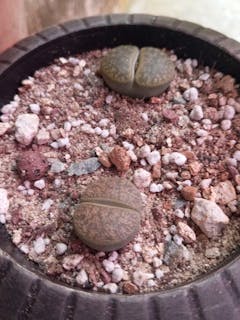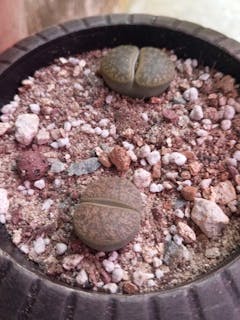paff-ee-oh-PED-ih-lum
Family
Cypripedioideae
Origin
Indian Subcontinent & Southeast Asea
Description
Paphiopedilums are often called "slipper orchids" because of their unique pouch. They are easily grown as houseplants and their care is very similar to African Violets. This is a group of mostly terrestrial orchids (growing in the ground), but unlike many other terrestrial orchids, they do not produce pseudobulbs at the base of their stems. Paphiopedilum orchids send out one flower spike on each new growth, so when flowering is done, you have to wait for a new growth to mature before you see flowers again.
Environment
Grow Paphiopedilum in a shaded position in summer, with protection from direct sunshine. Move to a position in bright, un-shaded light in winter. They can be grown on east-, south- or west-facing windowsills. The plain-leaf Paphiopedilum requires slightly more light than the mottled-leaf kind, so they will like a south eastern-facing window. Of course, all of them also can be grown under artificial lights. Slipper orchids are less sensitive to low humidity because of the low light they receive. But humidity that is too low can cause the buds to die prematurely, so you should make sure the humidity does not drop below 40%. Use a shallow tray of pebbles filled with water to increase humidity around your plants. Be sure the pot does not sit in water as this will rot the roots.
Give your plants room for air to circulate around them. Crowding of plants can lead to problems with insect infestations and fungus. A small fan will help provide good air circulation around your plants.
Potting & Media
Grow these orchids in small deep pots to accommodate the large furry root system. You can pot them in bark, perlite, charcoal along with sphagnum moss to retain moisture. Alternatively, you can substitute bark with coconut husk chips as they do not break down as quickly. Just be sure to wash coconut husk chips very well to get rid of any remaining salt before potting. Salt will burn orchids roots.
Fertilize
Any balanced orchid fertilizer (look at the numbers on the container, 20-20-20, etc.) can be used to fertilize your orchid. Weakly ( strength), weekly works well. Once a month use clear water to flush any accumulated salts from the potting mix.
Landscape Use
Houseplants

